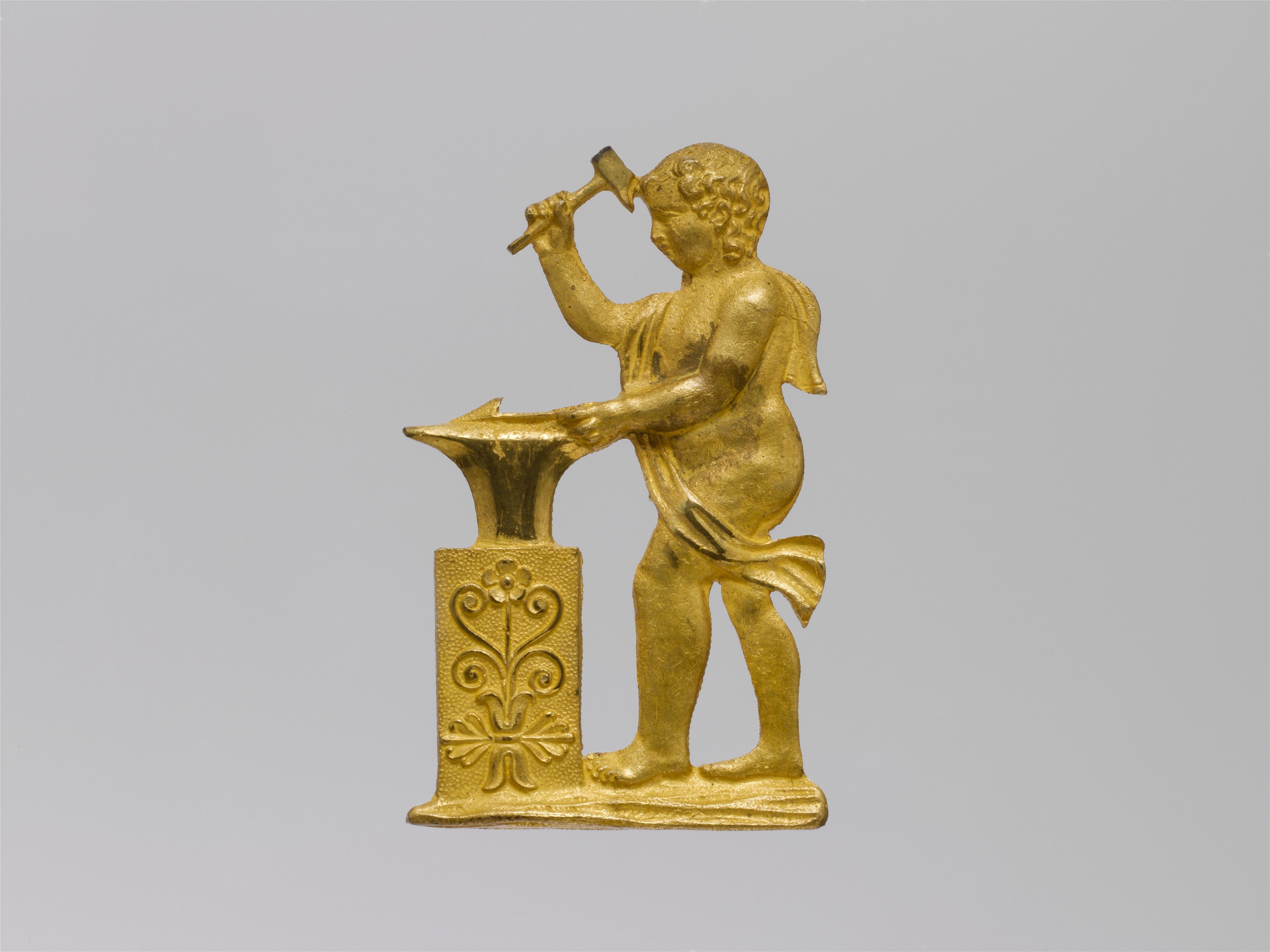Industry News
Valuation of Used Parts Imported for Remanufacture
TweetOct. 24,2022
By:
Chaney A. Finn
Importation into the United States is not always a straightforward process. Complex scenarios can cause uncertainty, especially in determining the value declared to U.S. Customs and Border Protection (“CBP”). Different scenarios determine the value of the imported merchandise due to the variety of methods of appraisement used to calculate the value of the declared merchandise.
CBP published ruling H320981 (Sep 29, 2022) in response to a binding ruling request on behalf of INNIO Waukeska Gas Engines Inc. (“INNIO”) regarding the proper method of appraisement of used engine parts imported into the U.S. INNIO produces industrial gas engines that generate between 200 kilowatts and 10 megawatts of power for numerous industries worldwide. The company offers its customers the opportunity to buy both new and remanufactured engine parts. INNIO sells engine parts to a distributor, who then sells to end customers who return parts at the end of the part’s useful life.

When INNIO sells and exports a remanufactured part to a foreign distributor, the price includes a “core deposit” which is an additional charge (deposit) incorporated into the price for the primary component (core) of a remanufactured good. The core deposit is listed separately from the purchase price on the invoice issued by INNIO and is generally equal to the difference in price between a new part and a remanufactured part, roughly 25%. Once a core is returned to the distributor, the deposit is credited back to the customer (also known as a transaction on an “exchange basis”) which is intended to encourage core returns to ensure an adequate and reliable source of core supply. The core is then returned and imported to INNIO in the U.S. at which time INNIO credits the deposit back to the distributor. Returned cores are either scrapped or disassembled, cleaned, and assembled with new components (remanufactured).
INNIO requested CBP to advise the proper valuation for the returned/imported parts able to be remanufactured.
As in every appraisement ruling, CBP notes that the preferred method of valuation is the price actually paid or payable when sold for exportation to the U.S., referred to as the transaction value method. However, the transaction value method requires a bona fide sale between a buyer and seller before export to the U.S. CBP found that the return of a core deposit is not a “sale” for purposes of customs valuation, stating “it would be inappropriate to use a value for the used alternators and starters that incorporates the Core Charge Value.” Therefore, the core deposit was not a viable sale for purposes of transaction value.
CBP analyzed other preferred methods for valuation but determined that the specified merchandise should be appraised under the fallback method using the sales price of the remanufactured good, with a deduction for the average cost of repair. The fallback method provides that merchandise should be appraised on the basis of a value derived from one of the prior methods reasonably adjusted to the extent necessary to arrive at a value. CBP applied the use of “all reasonable ways and means” to appraise the merchandise, common in instances of valuation exceptions.
If you have any questions regarding appraisement methods, do not hesitate to contact any attorney at Barnes, Richardson & Colburn, LLP.
